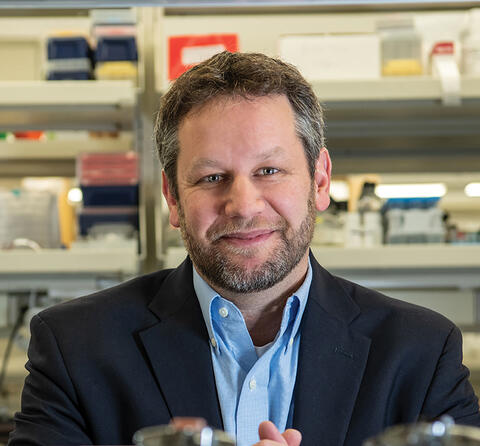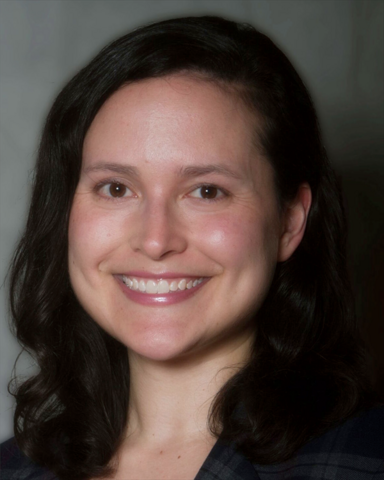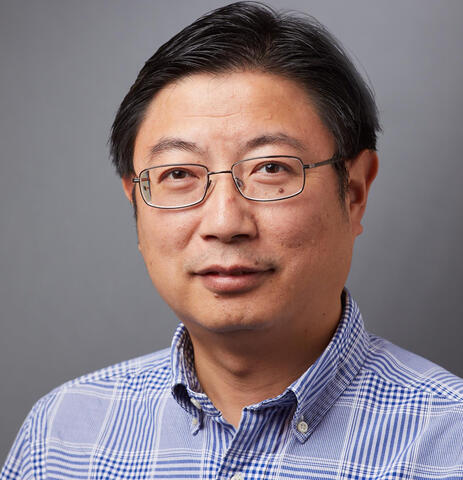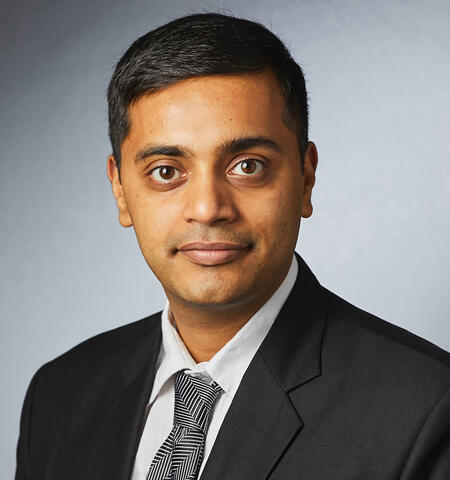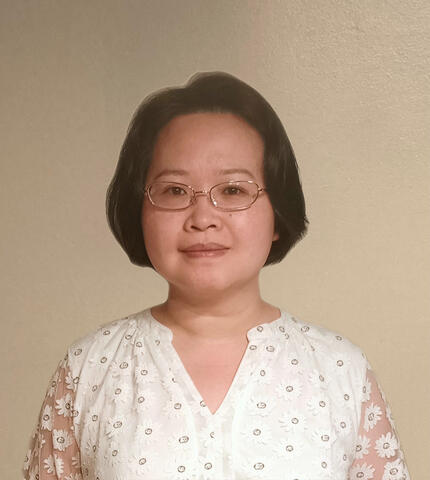Faculty & Research
Director
The overall goal of the Goodman lab is to dissect the mechanisms that commensal gut microbes use to compete, cooperate, and antagonize each other in the gut and to explore how microbiome variation impacts our response to external perturbations, including pathogenic infection and medical drugs.
Faculty
The primary interest of the Dal Bello Lab is to learn how bacteria respond to and modify their environment, and how this, in turn, shapes species interactions, assembly processes, and the structure of microbial communities. Our approach leverages laboratory experiments, data from natural communities, and theory, integrating ideas and tools from community ecology, microbial physiology, and systems biology. We aim to build an ecological toolbox for the management and manipulation of microbiomes.
The Hatzios lab uses chemical and biological tools to identify proteins that are active during infection, determine how they respond to environmental cues, and characterize their molecular contributions to disease. By examining the functional proteome of bacterial infections, we aim to uncover biochemical pathways that will generate new leads for therapeutic targets, activity-based diagnostics, and drug-delivery systems.
The Liu lab is dedicated to developing a high-throughput cryo-electron tomography (cryo-ET) pipeline for high-resolution structure determination of molecular machines in cells. The state-of-the-art imaging provides insights into fundamental biochemical processes: bacterial motility, chemotactic signaling, protein secretion, DNA translocation, and host-pathogen interaction.
The overarching goal of Malvankar lab is to define the mechanisms by which microbes interact with and manipulate their environment using hair-like surfaces appendages that function as protein nanowires. Our ultimate goal is engineering these interactions to control microbial pathophysiology and ecology.
The Pi lab is interested in dissecting molecular mechanisms by which microbes, including Bacillus anthracis and Clostridioides difficile, sense and adapt to constantly changing environments. We aim to uncover the host and bacterial factors that contribute to bacterial pathogenesis and infection and to identify new targets for the advancement of antimicrobial therapeutics.
